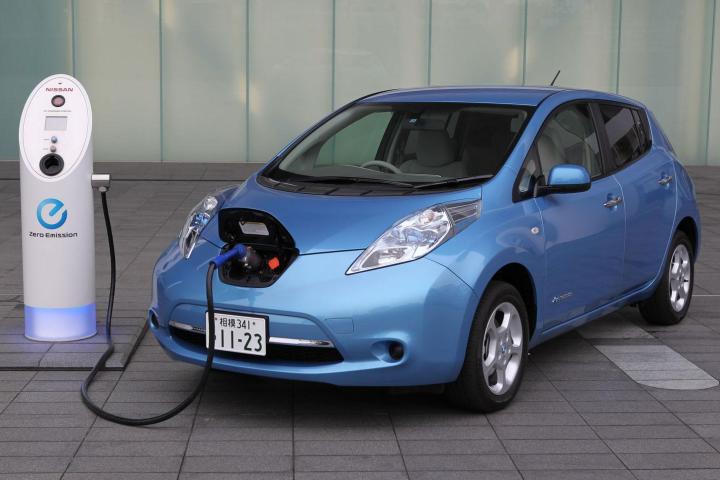
There’s no denying: 2013 was a good year for plug-in hybrids and EVs, with both categories showing startling jumps in purchase numbers. This is no doubt due to many factors, but some might suggest that federal and state tax credits have helped to build interest in cars that are otherwise too expensive.
However, the authors of recent article “Increasing electric vehicle policy efficiency and effectiveness by reducing mainstream market bias”, by Energy Policy, aren’t among them.
The snappily titled article suggests that these incentives are inefficient and actually harming the long-term adoption of EVs and other energy friendly vehicles. The basic point of the article is that focus on mainstream consumers is misplaced, and that the incentives to not effectively change the decisions of consumers.
In essence, the people who would buy EVs would do so regardless of the incentive, and people who aren’t yet ready to make the switch aren’t enticed by the tax credit. The result is that taxpayers subsidize people who already would have bought an EV.
The authors of the article go on to suggest that we focus on providing incentives to niche markets like taxis, ride sharing companies, and fleet vehicles. Groups purchasing vehicles for these applications can be the subject of more direct subsidies, and individual incentives make a broader impact.
There is another benefit to this method of incentivizing the transition to EVs; as we covered a while back, there are many parts of the country where EVs offer little or no environmental benefit when compared to conventional vehicles. In areas where coal and fossil fuels dominate the energy grid, an EV’s carbon footprint can actually be larger than an efficient gas or diesel powered vehicle.
When you incentive consumers everywhere to make the switch, you may not actually be deriving an environmental benefit. If we follow the path of the authors of this article, individual segments and geographic regions where EVs make the most sense can be targeted.
Whether you agree with the article or not, it raises good questions about how we choose to promote efficient and environmental cars as they become more prevalent.


